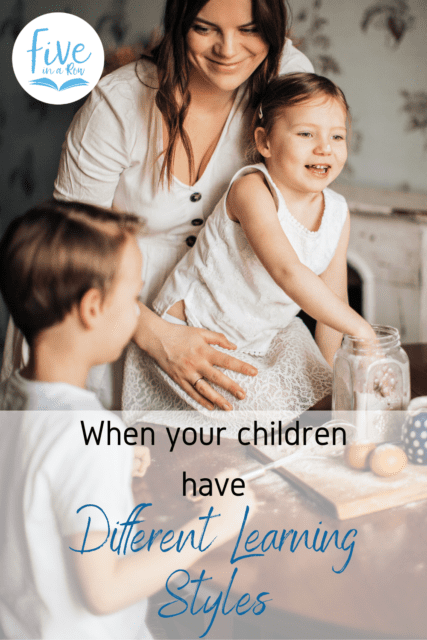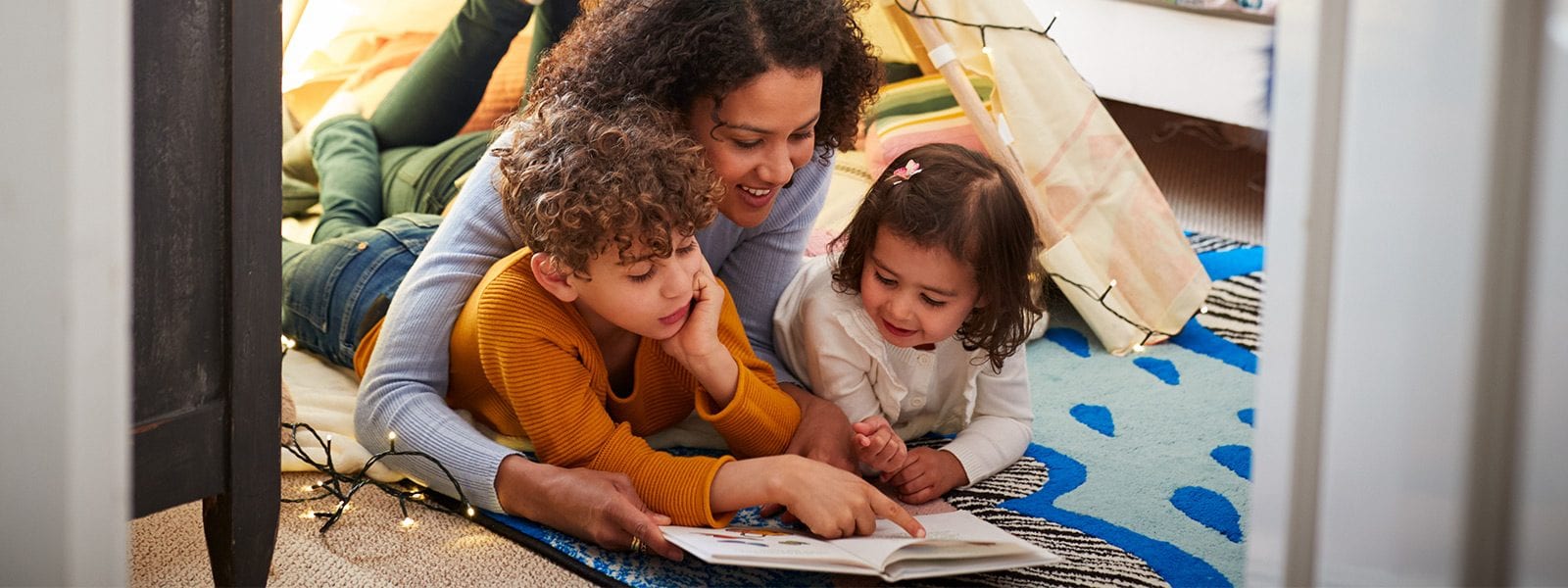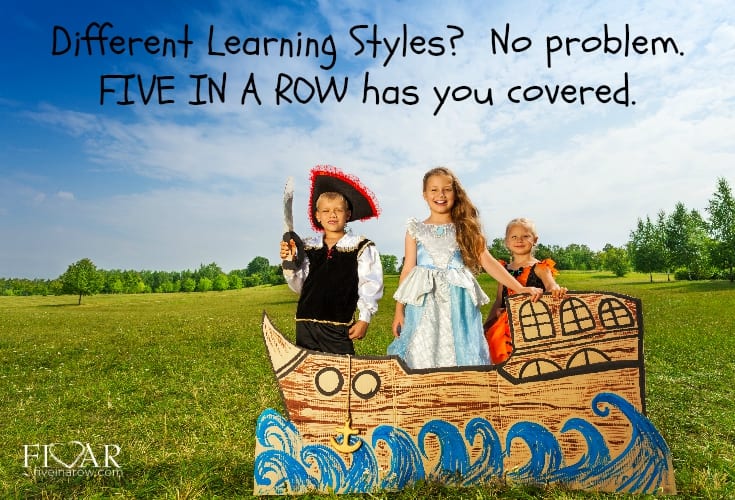
“Look at me when I am talking to you.”
How many times have we heard a parent say that to a child? How many times have we said it to our children?
It seems like a reasonable request when we have something important to say. Whether we’re teaching a concept, issuing a warning, delivering an ultimatum, or even offering a gentle reminder, eye contact seems to seal the deal. But do children listen better or hear better if they are staring us in the eye?
Maybe not.
Many years ago, a fellow homeschool mom shared something about her son that helped me to understand my own children, which in turn, helped me to teach them better.
Diana had been frustrated with her son, David, because every time his piano teacher spoke to him, he looked away as if he couldn’t care less about what she had to say. Diana thought he was being rude and spoke to him about it—many times. It never seemed to change though. Week after week, David would turn his head when his teacher spoke to him. Diana was actually embarrassed by this behavior.
What’s interesting is that David was a gifted piano student, and in spite of his “rudeness,” he seemed to apply everything the teacher told him. This puzzled Diana.
It wasn’t until someone so keenly pointed out to Diana that her son was an auditory learner that it all made sense. In turning his head, David was actually paying closer attention to what was being said to him than he could if he was looking at his teacher’s face. In turning his head, he was removing what he found distracting, allowing his full attention to be given to the teacher’s verbal instructions.
While children learn through all of their senses, most have a dominant or preferred style; and figuring out what that is can be so helpful.
Visual learners learn best by seeing and watching.
Auditory learners learn best by listening and through verbalization.
Kinesthetic learners learn best by doing, discovering, and touching.
You might think that it would be obvious what a child’s learning style is, but sometimes it is not. The best way to determine what kind of learner your child is may be to identify what they do that irritates you when you are trying to teach them! That is how Diana figured it out.
Your child may be a visual learner if he becomes impatient or distracted during long lectures.
Your child may be an auditory learner if he hums to or talks to himself while he’s working.
Your child may be a kinesthetic learner if he is wiggling all over the place while you are reading to him.
After identifying my own children’s dominant styles, I did not necessarily change the way I taught every subject, though I did change some. I did, however, become more understanding and tolerant of behaviors that would normally distract me or get on my nerves. I took a less formal approach to schooling and encouraged them to play with legos or to draw while I read. I allowed my son to listen to music while he did his math problems. When I saw their eyes gloss over, we took breaks instead of plowing through to check things off my list—yes, I am a visual learner.
The beautiful thing about homeschooling is that we have the freedom to implement changes after new discoveries about our children. The beautiful thing about Five in a Row is that every unit contains lessons that can be customized to each or all of the learning styles!
Here’s a quick quiz to determine the learning styles of you and your children, and for further information, you may want to read The Way They Learn, by Cynthia Tobias. You’ll be able to take what you learn and shape your FIAR lessons to the learning styles of your children!
Denise



 The Importance of Fostering Imagination
The Importance of Fostering Imagination
This is very interesting. I have read several things on learning style but still have difficulty determining my children’s styles. Is there a link to the quiz that was mentioned?
I think that it can be difficult with young children because they are such enthusiastic learners in general, no matter the delivery method. My daughter recently came home from college with more insight into how she learns best. So if you don’t figure it out, they probably will! 🙂